May 22, 2025 | 21:57 GMT +7
May 22, 2025 | 21:57 GMT +7
Hotline: 0913.378.918
May 22, 2025 | 21:57 GMT +7
Hotline: 0913.378.918
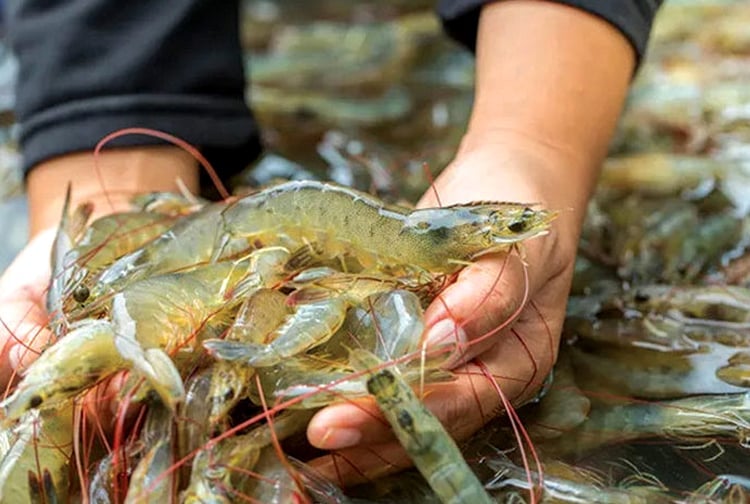
Using renewable energy will significantly reduce carbon emissions in whiteleg shrimp farming. Illustrative image.
According to the Agency of Foreign Trade of the Ministry of Industry and Trade, China - the world's largest seafood producer - has conducted the first study assessing the carbon footprint of whiteleg shrimp (Litopenaeus vannamei) farming in a recirculating aquaculture system (RAS). The results indicate that this system has the potential to reduce emissions when powered by renewable energy and optimized for farming efficiency.
The study was carried out at four shrimp farms in Guangdong province, using a life cycle assessment (LCA) approach that tracked the process from input to the harvest of market-sized shrimp. The recorded carbon footprint ranged from 13.8 to 14.9 tons of CO₂ equivalent per ton of shrimp produced.
Electricity accounted for the largest share of emissions (over 50%), followed by biological emissions from shrimp respiration, feed, and construction materials. Notably, farms using solar energy were able to reduce emissions by up to 92% compared to those using coal-generated electricity.
According to the researchers, biological emissions could serve as indicators of growth performance and farm management efficiency. In addition, infrastructure plays a significant role in total emissions, particularly in large-scale shrimp farming operations.
This study sheds light on both the challenges and opportunities for China’s shrimp industry to adopt high-tech, low-emission, and environmentally friendly production methods in the future.
Translated by Phuong Linh
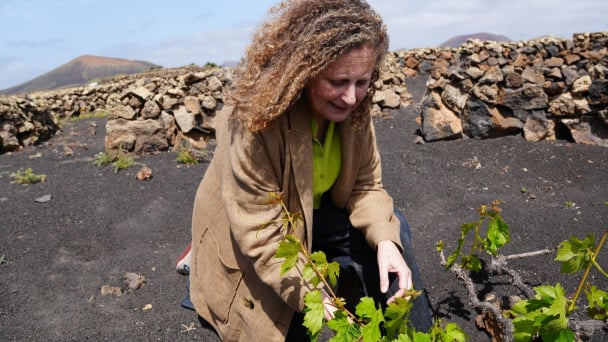
(VAN) Brazil, China, Mexico and Spain receive new designations of Globally Important Agricultural Heritage Systems from FAO.
![Reducing emissions from rice fields: [3] New values generated from carbon credit](https://t.ex-cdn.com/nongnghiepmoitruong.vn/608w/files/content/2025/05/19/dsc09613-144700_71-150957.jpg)
(VAN) In addition to helping safeguard the environment, the low-emission rice cultivation model also generates new opportunities for farmers by leveraging the carbon credit market.
![Ho Chi Minh city adapts to climate change: [1] Vulnerable in the whirlwind of development](https://t.ex-cdn.com/nongnghiepmoitruong.vn/608w/files/duyenht92/2025/05/19/3131-ngap-nongnghiep-163121.jpg)
(VAN) As the country's economic engine with a rapid urbanization rate, Ho Chi Minh city is facing increasingly serious consequences of climate change.
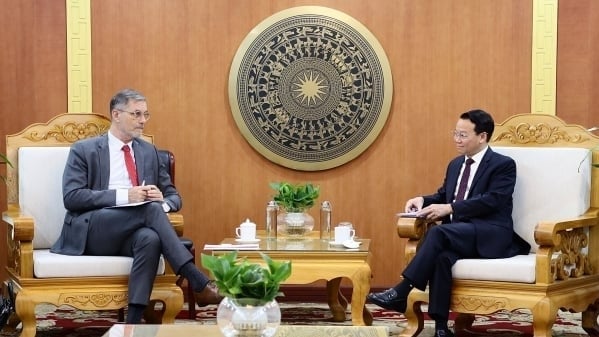
(VAN) On May 21, Minister of Agriculture and Environment Do Duc Duy worked with Mr. Olivier Brochet, Ambassador Extraordinary and Plenipotentiary of the French Republic to Vietnam.
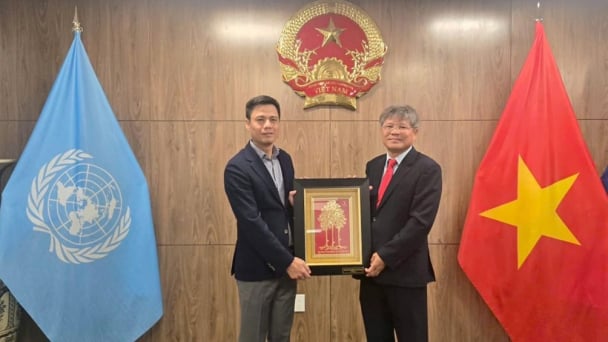
(VAN) VRG recently conducted a visit and working trip to the United States to demonstrate its efforts in redefining the role of rubber enterprises in the global value chain.
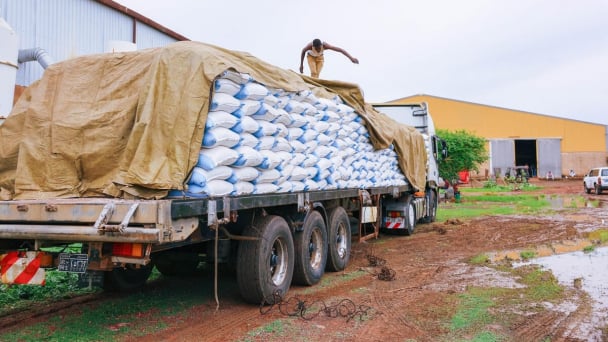
(VAN) In 2024, over 295 million people across 53 countries and territories faced acute hunger—an increase of almost 14 million people compared to 2023, while the number of people facing catastrophic levels of hunger reached a record high.